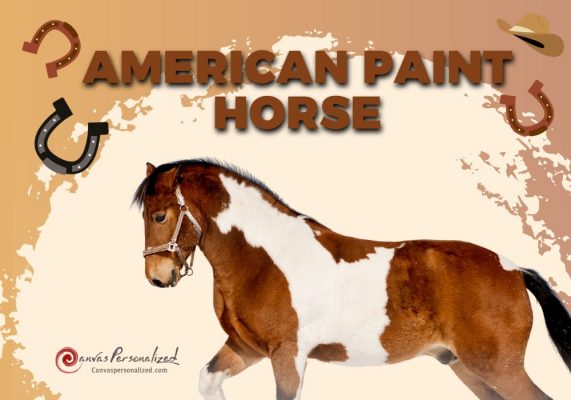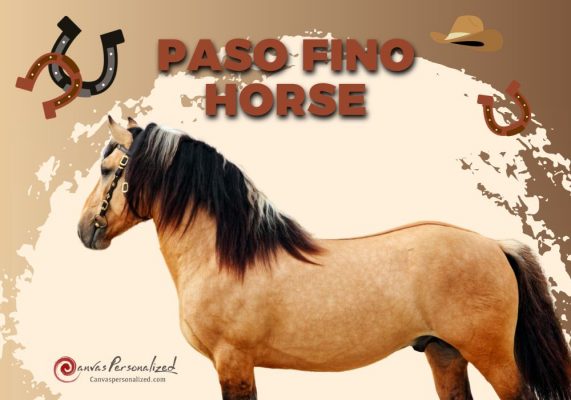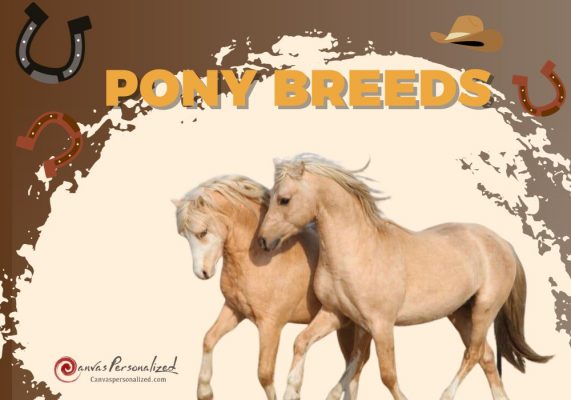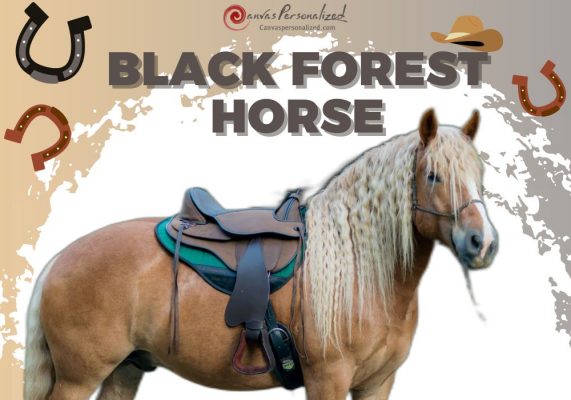American Paint Horse enthusiasts and equestrian aficionados alike are drawn to the breathtaking beauty and unique characteristics of this iconic breed. In the world of equine excellence, these horses stand out as a symbol of grace, versatility, and striking color patterns. In this comprehensive guide, Canvas Personalized will delve into the rich history, distinctive characteristics, and essential care tips for these magnificent creatures.
American Paint Horse pros and cons
| Pros | Cons |
| Calm and sociable | Vulnerable to some hereditary diseases |
| Simple to train | |
| Stunning coat patterns |
1. American Paint Horse History
Spanish explorers transported the ancestors of the Paint Horse breed to North America in the 1500s. These horses were most likely of Barb, Andalusian, and Arabian ancestry. They had remarkable spotted and two-tone coloring. Many experts believe that explorer Hernando Cortes brought a specific sorrel-and-white horse to North America, from which the modern Paint breed may have derived.
Many of these horses became wild and roamed the continent, attracting the attention of Native Americans. They adopted and bred the horses, enjoying their coat patterns, strength, and pleasant personalities. Thoroughbreds were subsequently introduced into the gene pool by British colonists, resulting in a solid working horse that was highly clever and steady on the trail. Some of these horses retained their spots, while others were solid-colored.

Paint horses shared a gene pool with Quarter horses until 1940 when the American Quarter Horse Association formed and barred horses with too much white (meaning all paints) from its register. However, the colorful horses remained popular, and the American Paint Quarter Horse Association and the American Stock Horse Association were eventually founded. 1965, the two formed the American Paint Horse Association, which now maintains the breed’s registry.
2. American Paint Horse Characteristics of Appearance
Size
The average American paint horse’s height ranges from 14 to 16 hands tall. Those descended from thoroughbreds tend to be on the taller side. They’re on the heftier side compared to most full-size horse breeds, between 950 and 1,200 pounds.

Colors and Markings
The American Paint Horse is a breed that dazzles with its unique coat patterns, which can be a mix of white and another color, such as bay, black, palomino, or chestnut. The patterns and colors are so diverse that no two horses are exactly alike. Some Paint horses have a solid or nearly-solid coat.
There are a number of recognizable color patterns on Paint horses. Here are the top three:
- Tobiano: These horses have a colored flank with white spots that curve around their withers and tails. The head is colored and may have some markings, like stars, blazes, or strips. The tail and mane can be different colors.
- Overo: Horses with an overo pattern have random white spots all over their bodies, though their backs tend to be a uniform shade. The legs are colored, and may have white socks. The majority of the face is white.
- Tovero: These horses are mostly white on the body but have some color on the upper head, chest, and flank. The eyes of certain tovero horses are blue.
Some coat patterns have white hair mixed in, which is called roan. Paint horses may also have the usual equine markings on their faces and legs.

Conformation
A sturdy build, striking coat patterns, and muscular hindquarters characterize the American Paint horse. When compared to most other horse breeds, which tend to be lighter in body, they are commonly regarded as among the more stocky horses. The American Paint owes its good looks and robust agility to the presence of Thoroughbreds and Quarter Horses in its ancestry.
3. American Paint Horse Temperament
The Paint horse’s popularity stems, in part, from the fact that they are often straightforward to train and have few behavioral problems. Their easy-going, kind attitude makes them popular across various circles, along with their gregarious and relaxed natures. Even in the realm of training, they are highly sought after because of the ease with which their natural intelligence yields positive results.

4. How to Care
Diet and Nutrition
A Paint horse should have the same diet as any other horse, which includes high-quality grass, hay, grains, and even certain fruits and vegetables. It’s possible that your horse would benefit from taking a multivitamin and mineral supplement. This breed of horse has a propensity toward obesity. Therefore, it’s crucial that you not overfeed them.
Common Health Issues
The Paint Horse is a breed that impresses with its gentle nature and easy training. But they also have some inherited health issues that they share with the Quarter Horse and Thoroughbred.
One of them is lethal white syndrome, a genetic disorder that affects many Paints. Some horses can have the gene without any signs, but if both parents have it, their foals will be white with blue eyes. These foals have a defect in their intestines that causes severe colic. There is no cure for this condition, and the foals usually die a few days after birth.
Grooming
The Paint can keep its stunning coat with fundamental horse care. Remove dirt, debris, and tangles from your horse’s coat by brushing and combing him once or twice weekly if he is in the pasture and every day if he is stabled. Make it a daily practice to inspect your horse’s hooves for debris, infection, and injuries.

5. What are American Paint Horses Used for?
The American Paint Horse is a breed that can be easily trained for a wide variety of equestrian disciplines. As evidence, you can see them in a variety of disciplines, including barrel racing, trail riding, working cattle, and cross-country competitions. They are also treasured as working and transportation animals because of their resilience, strength, agility, and speed.

6. How to Adopt or Buy
The American Paint horse price can vary from $1,000 to $5,000, depending on the horse’s age, health, training, and lineage. This is a popular breed that you can easily find for adoption or purchase.
Before you make a decision, though, you should do some research and meet the horse in person. Contact the rescue or breeder and ask them everything you want to know about the horse’s background, health, personality, and training. If you can, see the horse in action and witness its skills. This way, you can make sure you’re getting the best match for your needs and preferences.

7. American Paint Horse Fun Facts
- Did you know that the American Paint Horse is not the same as the Pinto horse? Although they both have striking coat patterns of white and dark colors, they differ in their bloodlines. The American Paint Horse is a breed that has Quarter Horse or Thoroughbred bloodlines, while the Pinto horse is a type that can have any breed of horse as its parent.
- The American Paint Horse is also one of the most popular and fastest-growing breeds in the world. The APHA, which was founded in 1965, has become the third-largest horse registry, with over a quarter of a million registered horses. Every year, more than 25,000 foals join the colorful family of Paints.
- The two main coat patterns of these horses, the ‘overo’ and the ‘tobiano,’ are distinguished by the placement of the white patches on their coats.
>>> Maybe you’re interested in:
- Kentucky Mountain Saddle Horse: Discover the Majestic Breed
- Discover 19 Popular Pony Breeds A-Z with Stunning Images
- Discover Shire Horse Breed: Beauty in Strength
In conclusion, the American Paint Horse, as explored in Canvas Personalized, is a captivating breed with a rich history and unique characteristics. The appeal of this breed cannot be denied, whether you are a seasoned equestrian or just starting out with horses. When given the attention they deserve, horses may be great traveling companions.










